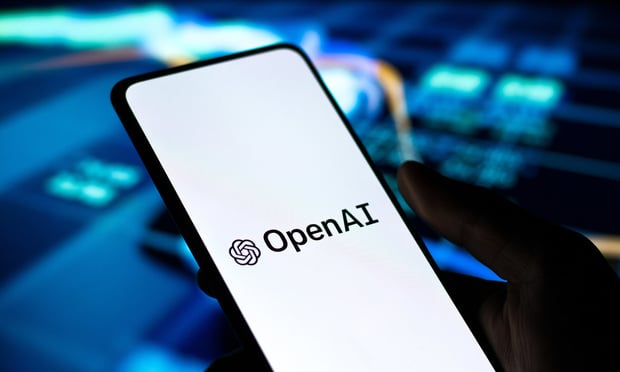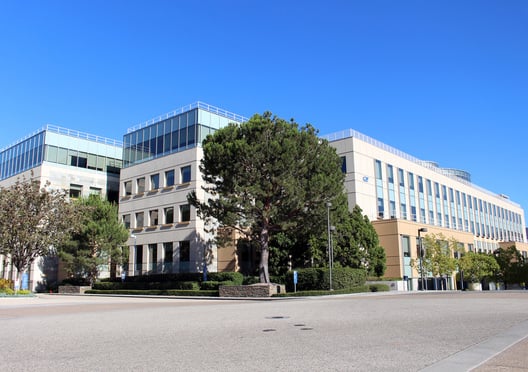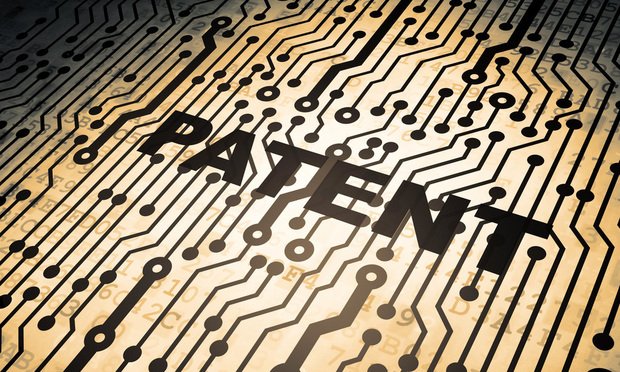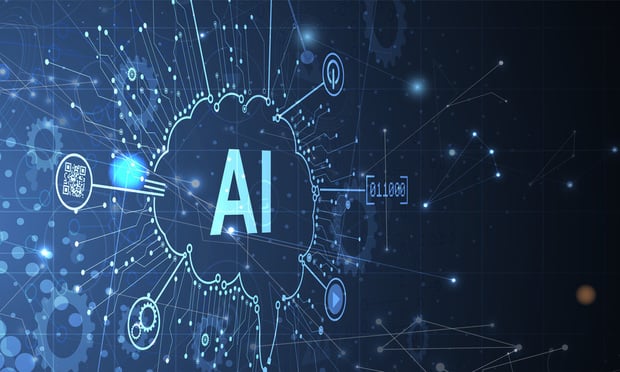Features

All the News That's Fit to Pinch
The emerging cases by authors and copyright owners challenging various generative AI programs for using copyrighted materials are certain to create new troubles for the courts being asked to apply the fair use doctrine to this important new technology.
Features

Recent Patent Trial and Appeal Board Approaches to Patent Claims on Medical Technology Implementing AI
Each decision involves reversal of a prior art rejection and contrasts with the other decisions on subject matter eligibility, revealing different PTAB approaches and results that can inform prosecution and appeal strategies.
Features

Treatment of Antibody Claims In the U.S. After 'Amgen v. Sanofi'
The future of antibody claiming in the United States is uncertain following the U.S. Supreme Court's May 2023 ruling in Amgen Inc. v. Sanofi, a highly anticipated decision concerning enablement and whether the traditional way to claim antibodies — claiming antibodies by their function — will survive as a valid claiming strategy.
Features

Can Artificial Intelligence Patents Overcome §112 Requirements?, Part 2
Part Two of a Two-Part article While the last decade has seen a dramatic increase in the number of AI patents, such patents face difficulty in overcoming the patent-eligibility challenges under §101 and Alice. Section 101, however, is not the only hurdles AI patents must overcome. Section 112, with its written description, enablement, and definiteness requirements, presents additional obstacles.
Features

How Patent Owners Can Leverage Climate Change Programs In Their IP Strategies
The USPTO has created or expanded several programs to promote the development of sustainable energy. For patent owners and inventors in the energy sector, these programs can provide a financial and administrative edge for the development and protection of their intellectual property, as well as play a beneficial role their overall IP strategy.
Columns & Departments

Real Property Law
Developer Has Obligation to Protect Neighboring Structures Even If They Do Not Abut Developer's Parcel Attorney's Fees May Be Available to Neighbor Who Negotiates License for the Purpose of New Construction Abuse of Power of Attorney Renders Deeds Invalid
Features

How AI Has Affected PR
When we consider how the use of AI affects legal PR and communications, we have to look at it as an industrywide global phenomenon. A recent online conference provided an overview of the latest AI trends in public relations, and specifically, the impact of AI on communications. Here are some of the key points and takeaways from several of the speakers, who provided current best practices, tips, concerns and case studies.
Columns & Departments

IP News
In Patrick v. Poree, the United States Court of Appeals for the Eleventh Circuit affirmed the denial of default judgment and summary judgment of copyright infringement claims based on a lack of evidence that the plaintiff owned a valid copyright.
Columns & Departments

Landlord & Tenant Law
No Wrongful Eviction Even Though Judgment of Eviction Was Reversed on Appeal No Vested Right In MCI Increases Executive Order 202.8 Does Not Apply to Tenant Who Voluntarily Vacated
Features

Strategic Planning for 2024: New Considerations for Legal Industry Leaders
The business landscape over the last few years has been changing at an ever-increasing speed, and 2024 promises to be no different. To effectively navigate the challenges and opportunities that present themselves, leaders need to adopt a fresh approach to strategic planning.
Need Help?
- Prefer an IP authenticated environment? Request a transition or call 800-756-8993.
- Need other assistance? email Customer Service or call 1-877-256-2472.
MOST POPULAR STORIES
- The 'Sophisticated Insured' DefenseA majority of courts consider the <i>contra proferentem</i> doctrine to be a pillar of insurance law. The doctrine requires ambiguous terms in an insurance policy to be construed against the insurer and in favor of coverage for the insured. A prominent rationale behind the doctrine is that insurance policies are usually standard-form contracts drafted entirely by insurers.Read More ›
- A Lawyer's System for Active ReadingActive reading comprises many daily tasks lawyers engage in, including highlighting, annotating, note taking, comparing and searching texts. It demands more than flipping or turning pages.Read More ›
- The Brave New World of Cybersecurity Due Diligence in Mergers and Acquisitions: Pitfalls and OpportunitiesLike poorly-behaved school children, new technologies and intellectual property (IP) are increasingly disrupting the M&A establishment. Cybersecurity has become the latest disruptive newcomer to the M&A party.Read More ›
- Abandoned and Unused Cables: A Hidden Liability Under the 2002 National Electric CodeIn an effort to minimize the release of toxic gasses from cables in the event of fire, the 2002 version of the National Electric Code ("NEC"), promulgated by the National Fire Protection Association, sets forth new guidelines requiring that abandoned cables must be removed from buildings unless they are located in metal raceways or tagged "For Future Use." While the NEC is not, in itself, binding law, most jurisdictions in the United States adopt the NEC by reference in their state or local building and fire codes. Thus, noncompliance with the recent NEC guidelines will likely mean that a building is in violation of a building or fire code. If so, the building owner may also be in breach of agreements with tenants and lenders and may be jeopardizing its fire insurance coverage. Even in jurisdictions where the 2002 NEC has not been adopted, it may be argued that the guidelines represent the standard of reasonable care and could result in tort liability for the landlord if toxic gasses from abandoned cables are emitted in a fire. With these potential liabilities in mind, this article discusses: 1) how to address the abandoned wires and cables currently located within the risers, ceilings and other areas of properties, and 2) additional considerations in the placement and removal of telecommunications cables going forward.Read More ›
- Guidance on Distributions As 'Disbursements' and U.S. Trustee FeesIn a recent case from the Bankruptcy Court for the District of Delaware, In re Paragon Offshore PLC, the bankruptcy court provided guidance on whether a post-plan effective date litigation trust's distributions constituted disbursements subject to the U.S. Trustee fee "tax."Read More ›
